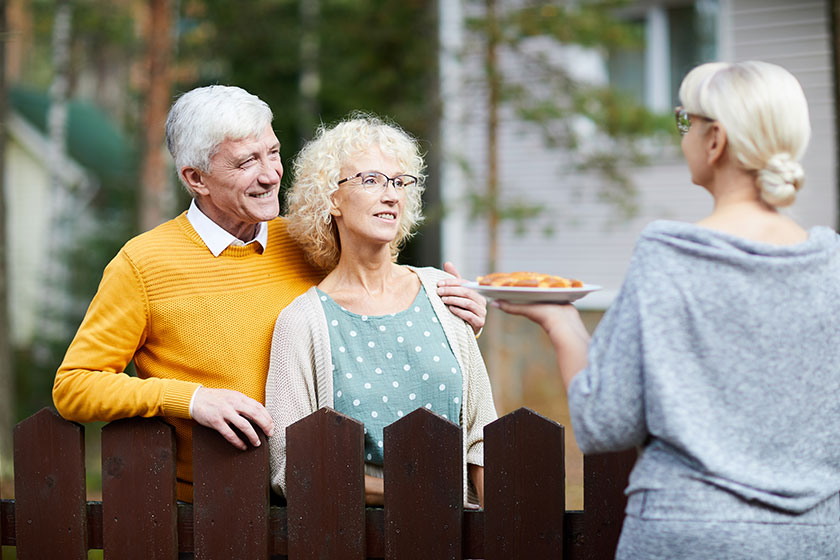Our independent living community is located on a magnificent big campus, and its residents love to take long strolls around the grounds. However, you may not be aware of the wonderful effect walking and walkable areas may have on your happiness and well-being. Here are reasons why an independent living community with walkable neighborhoods is popular among older adults.
Positive Effects of Walking
Similar to the benefits of practically any form of exercise, walking is excellent for cardiovascular health and maintaining a healthy weight. Further, compared to more impactful exercises, walking is easier on the joints. Regular moderate-intensity walking has been shown to lower the risk of hypertension and elevated cholesterol levels. Walking is a great way to improve your fitness level, health, and even your posture. The health advantages of walking are substantial, but those advantages are only part of the picture. Here are some other positive effects of walking:
- As an added bonus, walking has been shown to boost creativity, elevate mood, reduce stress, and enhance memory. All desirable traits for those who value autonomy in their daily lives. In a nutshell, walking is akin to a miracle drug that comes from nature.
- Residents of independent living communities have access to outdoor walking areas, providing them with the additional health advantage of natural vitamin D production via exposure to sunlight. Vitamin D aids in calcium absorption, which is important for healthy bones.
- Residents who want to get some exercise and socialize at the same time have the option of joining a walking group. Participants are more likely to keep up with their walking habits if they are able to interact with one another during the activity.
The Pluses of Living in a Pedestrian-Friendly Area
Let’s define what we mean by “walkable neighborhood” before we go into the benefits. Walkscore.com lists the following factors that affect a neighborhood’s walkability:
- The focal point, or the main meeting place. This might be a major thoroughfare, a public square, or a major shopping district.
- In order for a community to thrive, it must have a sizable enough population to sustain the establishment of companies.
- People can gather in parks and other public places to play, chat, and relax.
- Design that is friendly to pedestrians includes placing buildings in close proximity to the street rather than concealing them behind expansive parking lots.
- Places of learning and employment should both be conveniently positioned close to one another to encourage individuals to use public transportation or walk there.
Since walking has so many benefits for one’s health, it shouldn’t be a surprise that areas with heavy foot traffic also thrive. Right-sizers and minimalists will find walkability to be extremely enticing. We see these advantages in action every day in our independent living community.
The inhabitants of the independent living community are always doing something, whether it’s participating in a club, sharing a meal, visiting with friends and family, or working to make the area around them a better place for older adults to live. The independent living community is a lovely location to retire because of the strong ties to social life and the local community.







